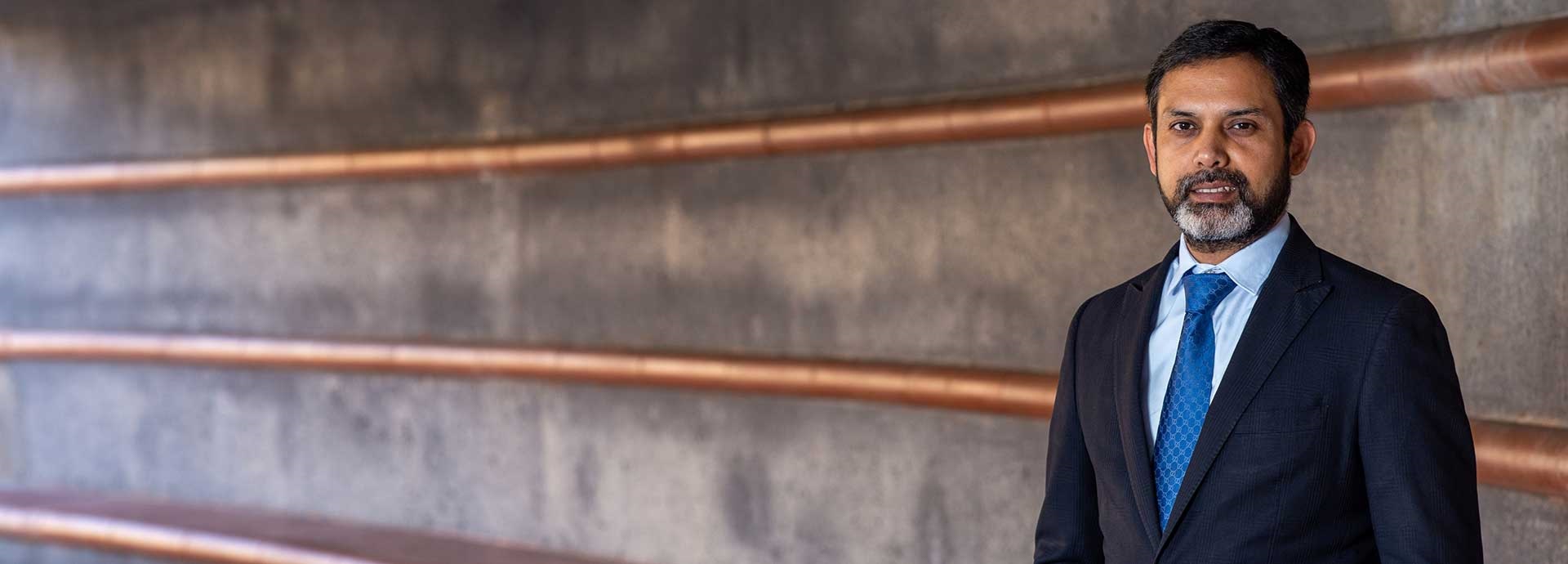

As the dust has settled in Glasgow, where global political, business and community leaders united to face the tremendous challenge of tackling climate breakdown, Sushil Purohit, heading Wärtsilä Energy, took some time to review what has been agreed and how this can move the dial towards net zero.
Taking stock of COP
COP26 culminated in a definite and perceptible shift towards levelling up commitments to deliver on the Paris Agreement 1.5ºC goal. For example, the summit saw India pledge to reach net zero by 2070, meaning at least 90% of the world’s economy is now covered by net zero targets – that figure was less than 30% one year ago. More than 100 countries, including the US, Japan and Canada, signed the Global Methane Pledge, committing to reducing overall emissions by 30% by 2030 compared to 2020 levels.
Rules for a new global carbon market were also put into place after six years in the making, paving the way for a boom in the trading of emissions credits. And China and the US – the world’s energy superpowers – agreed to boost climate cooperation over the next decade in a big surprise announcement.
Yet what matters most is implementation. In the midst of climate negotiations, Climate Action Tracker stripped the thin veil covering nations’ short-term goals to reveal that, based on the current predicted delivery of renewable technologies, temperature rises will top 2.4C by the end of this century. The lack of solid commitments to near-term climate goals at COP26 was the single biggest factor holding the conference back from being a success; this issue must be at the very top of the agenda of COP27 in Egypt next year.
The global race to net zero is like building a house. Whilst COP26, and COP21 before it, succeeded in putting the foundations for net zero in place, much more must be done to create the structure and furnish the house. However, vague talk of net zero is like choosing curtain materials before the bricks have been laid. Only by building the infrastructure to support the transition away from fossil fuels in the next decade will we be in a position to think broadly about a net zero future.
At Wärtsilä we are already future proofing our engines to convert them to run on pure hydrogen.
Although flexible energy storage is unlikely to feature at high-level discussions at COPs until later down the line, planning must start now. At Wärtsilä we are already future proofing our engines to convert them to run on pure hydrogen. Part of the job for businesses working towards net zero is understanding which way the wind is blowing – while flexibility isn’t fully on everyone’s agenda yet, it will be soon, and it’s our job to ensure that the technology is there to support it.
Progress on coal, but not enough
What COP26 did offer us was movement on many of the big issues. The coal industry is one of the single biggest, if not the biggest, contributor to climate change, and weaning the world off coal power is essential to decarbonising energy systems. The Glasgow Climate Pact gave us a glimmer of hope; for the first time, a coalition of nations – including five of the world’s top 20 coal power generators – put pen to paper to commit to a coal phase-out.
Wärtsilä’s power system modelling, of different countries and regions, has proven that accelerating the coal phase-out presents myriad opportunities, from cutting production costs, to even achieving energy independence and creating revenue through society-wide sector coupling. This must be at the forefront of discussions at COP27.
Financing the clean transition
At COP26, we heard big talk around clean financing, but few concrete decisions or mechanisms were agreed. The Glasgow Financial Alliance for Net Zero saw the finance industry start to wake up on clean investment, but there is still scepticism on the real impact of this pact as fossil-fuel related financing has out-numbered green by 3:1 since 2015.
For developing countries, a shortage of climate finance still remains an obstacle for the energy transition. The COP26 pact notes with deep regret that the 2020 deadline on $100bn annual commitment was missed and BNEF estimates that $0.7-1.8tn total annual investment is required 2021-2030 to get on track to net zero by 2050.
Despite the shortcomings in the announcements around clean financing at COP, momentum for it is building up, as green projects topped fossil fuels for the first time ever in 2021.
Looking ahead to Egypt
Reflecting on the successes and shortcomings of COP, the most important question is whether 1.5ºC is still achievable. It is clear that a main issue holding us back are concrete short-term commitments. But what COP has demonstrated is the tenacity, capacity and capability of nations and energy leaders to encourage greater ambition and more urgency. One of the most important breakthroughs at COP26 was the commitment made by countries to come with improved Nationally Determined Contributions next year. The ratcheting effect of this will drive stronger targets at COPs to come. While we await the conference in Egypt next year, it is crucial that energy companies move with pace to put the infrastructure in place to support this ambition in order to achieve a 100% renewable energy future.
Read more
Report by Wärtsilä Energy: Front-loading net zero



